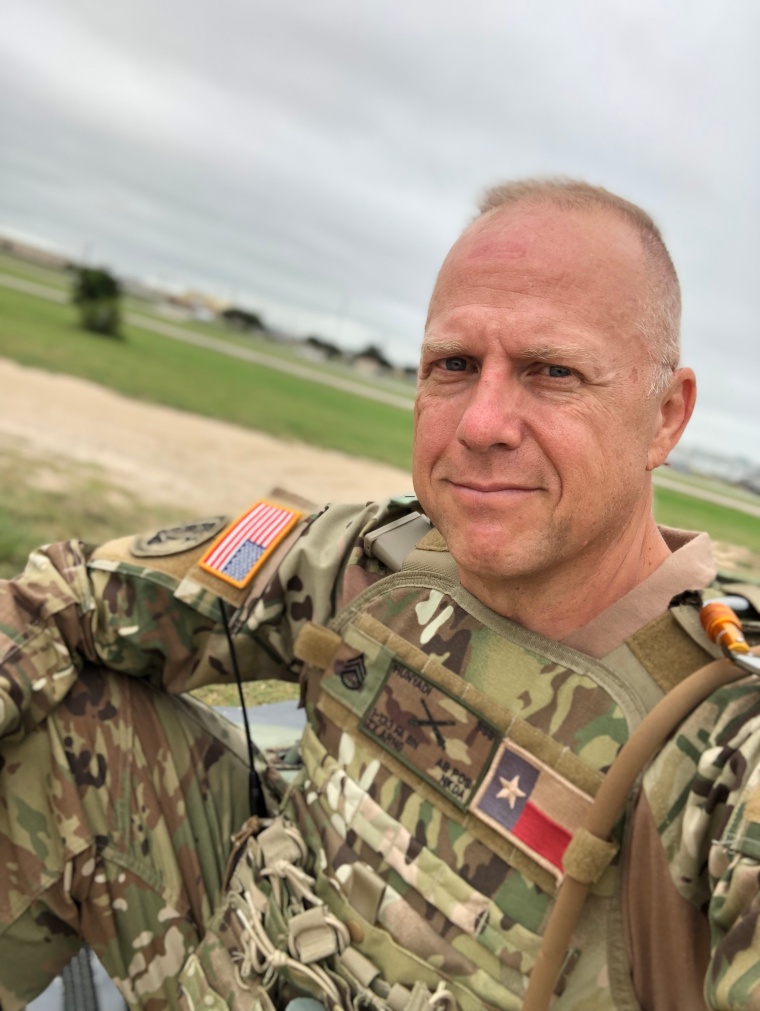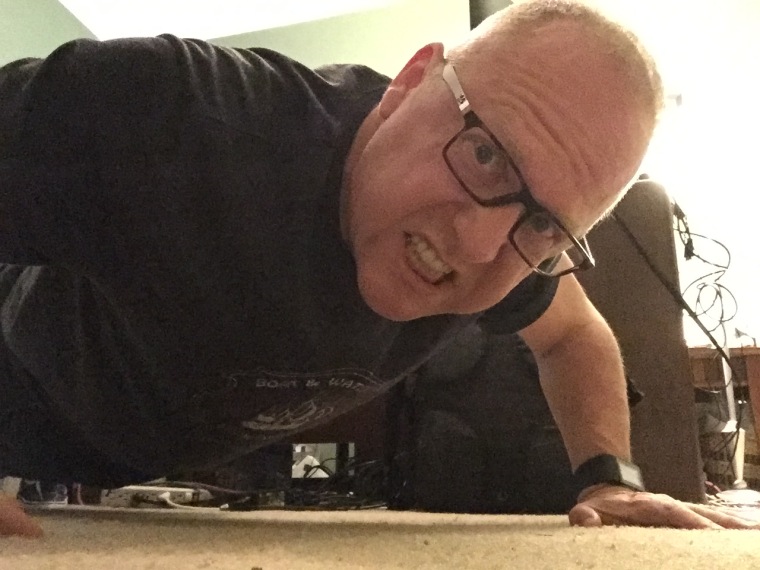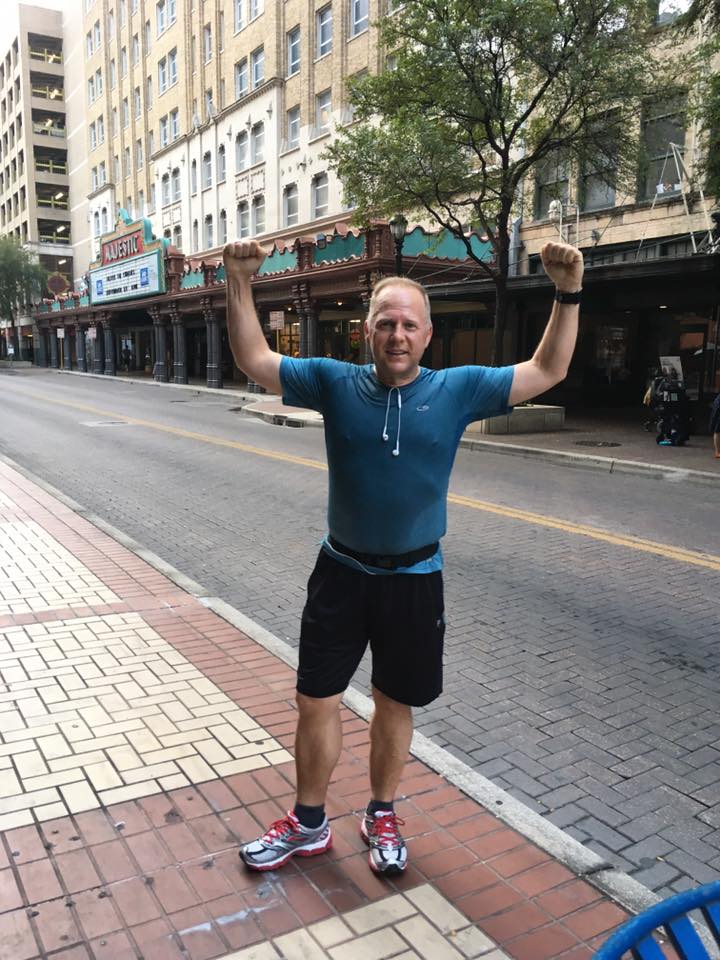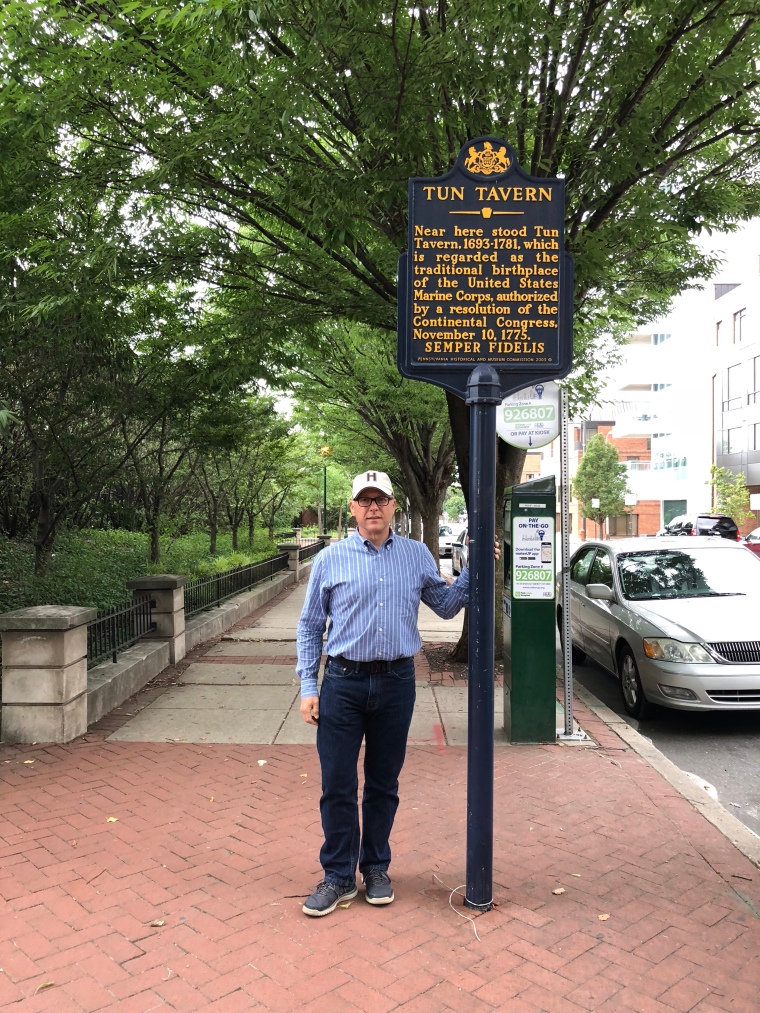
As a veteran and currently serving in the military, I’m a member of a lot of social media groups for veterans, Marines, and Soldiers. In many of these groups, I see a regularly occurring theme being posted repeatedly: veterans who are unfit and/or overweight wishing they were fit and healthier like they were in the military. The latest post I saw with this theme was, “If you could go back to bootcamp to get back into shape right now, would you do it?” What’s always astounding to me is how many people say, “Yes!” “Sign me up!” “I’d drop everything to do that!” Well, here’s the crazy part that none of these former warriors understand; you don’t need to go to boot camp or basic training to get fit. You just need to stop wishing and start doing.
As an older guy, if I were to go to Marine Corps Boot Camp at my age, it would likely break me. That training program is designed to take men and women between the ages of 17 and 28 and transform them from civilians into Marines; fighting men and women in outstanding physical fitness, able to perform any and all tasks required of them on the battlefield. While I am physically fit and I’m in the 30% of the Army that’s currently able to pass the new Army Combat Fitness Test, I was able to accomplish that because, as an older man, I took an approach to fitness that matched my age; slow progress towards my fitness goals.
There are two basic concepts for getting fit and healthier as an older person: diet and exercise. It’s the same two concepts you’ve heard all your life, except I will break it down to explain it, because the way we’ve been told diet and exercise works might not have been exactly correct.
Diet. This is what you eat. This is not a temporary program you go on to lose weight. This is a lifestyle, and something you need to change long-term (aka forever) to see results that will be long-lasting (aka forever). Your weight and general health are determined by what you eat. There are many ways to eat healthier, and it will depend on your genetic makeup background. For me, Whole30 and The Paleo Diet work. For others, it’s the Keto diet, Intermittent Fasting (IF), counting calories (aka Calories In/Calories Out, or CICO), One Meal a Day (OMAD), and others. These are not restriction diets like the Cabbage Soup Diet. These are diets that allow lots of food types, but some (Paleo, Keto, Whole30) do curtail certain things like refined sugar and excessive carbs.
The Food Pyramid is a myth. We learned it when I was in elementary school, and I remember watching film strips, movies, and presentations by our teachers about “4-4-3-2: that’s the number for me and you!” The idea was 4 servings of grain, 4 servings of vegetables, 3 servings of milk, and 2 servings of meat a day are what you needed for proper nutrition. This was a government-sponsored nutrition plan that had no basis in science or reality. What it did was create generations of obese people and support the government’s grain and milk subsidies with no regard for the actual health of the American people. What’s worse is that 40 years later, when we’ve proven over and over that the Food Pyramid is not based on science or fact, people still cling to the “Balanced diet” myth. The truth is, we need nutrients, and as long as we can get those in the right amounts in the healthiest manner, our bodies will be happy. Grains are not a nutrient. Carbs are not a nutrient. You don’t need to eat grains or drink milk to be healthy. (Honorable mention for nutrition myth: “Milk: it does a body good.”).
Exercise. This is getting off the couch or the sofa and moving. When I started my health and fitness journey, it involved no fitness. Seriously; for the first year (when I lost 130 lbs), I was adamant about doing no exercise. I wanted to prove, not only to myself, but to the world that through diet alone, a person could lose a large amount of weight. I did it, but I was soft. I had lost a lot of weight, but I was still pudgy, so I added exercise.

I started very slow at first; push-ups and walking. For the push-ups, I never pushed until failure. I would only do as many push-ups as were comfortable. As soon as my arms started feeling wobbly or weak, I would stop. This kept me from being super-sore after push-ups and helped me to keep doing them day after day. Nobody likes working out on sore muscles, so I avoided that. In the beginning, I was able to do only 3 push-ups before my arms started wobbling. By doing push-ups daily, within three months, I was up to 120 push-ups in two minutes.

After doing as many push-ups as I could (until my arms got wobbly or it got too hard, but not until I couldn’t do any more), I walked for 30 minutes each day. I would walk as quickly as I could, and naturally, my body wanted more. I had gotten to a point where it just felt like I needed to jog, and that slow jogging turned into full-on running three miles in under 26 minutes. How did I make that much progress so quickly?
- Rest days. The older you get, the longer it takes for your body to recover after physical exertion. After each run, I take a day off for my body to recover. I began doing the same for the push-ups after I got to 20.
- Perseverence. I made sure I ran every other day regardless. Because there are 7 days in a week, that would mean I would run M-W-F-Su one week and Tu-Thu-Sat the next week.
- Discipline. I wouldn’t let anything or anyone come between me and my exercise. They took priority over everything, and I scheduled my life around my exercise.
The amount of time it took to do that exercise program? About 30 minutes in total each day. That’s not a lot of time to get fit. Within 6 months, I lost an additional 20 lbs, but my body composition changed dramatically, and I no longer looked pudgy. I looked lean.
After deciding to join the military, I increased my physical activity and pushed for faster runs and more push-ups, and later, after joining the SFAB (Security Force Assistance Brigade), I added weight training. This increased the time spent each day exercising (to almost 2 hours), but I see it as an investment in my health and fitness. Being in the SFAB requires a lot more physical readiness than the average Soldier. Coupled with my leadership responsibilities, I have to push myself harder than I normally would otherwise. However, I’m enjoying the results and the higher level of fitness.

What could all those veterans who wish they were more fit do? They could start today by getting outside and walking for 30 minutes and doing as many push-ups as they can, even if it’s 3. Every day thereafter, they need to just get out there and do it again. Once the push-ups get to 20, start doing them every other day. Same with running; once they progress from walking to a good, quick jog, transition to every other day. This will allow the body to rest, recover, and build. Before they know it, they’ll be back in good physical condition.
The key is that to lose weight, you must change your diet. To get fit, you must get exercise. You CANNOT out-exercise a bad diet. If you continue to eat high-carb foods while exercising, you will build a lot of muscle, but you will not lose weight as quickly. Calories in must be less than the calories your body uses (aka Calories out) for weight loss to occur. However, the makeup of your food matters. Apples are far better for you than Snickers bars (and I’m not picking on Snickers bars; they are delicious. Just not healthy).
Stop wishing you had some program to help you lose weight and get fit. I just gave it to you. Now there’s no excuse to keep from starting. Start now. Get on the floor and do some push-ups and stop before you really have to strain. There’s no need to push until failure; just do as many as are comfortable. Then, get out there and walk for 30 minutes. If you can, try to jog. Before you know it, you’ll be doing 100 push-ups and running sub-30 minute 3-mile runs. It’s not hard. It just takes work.
